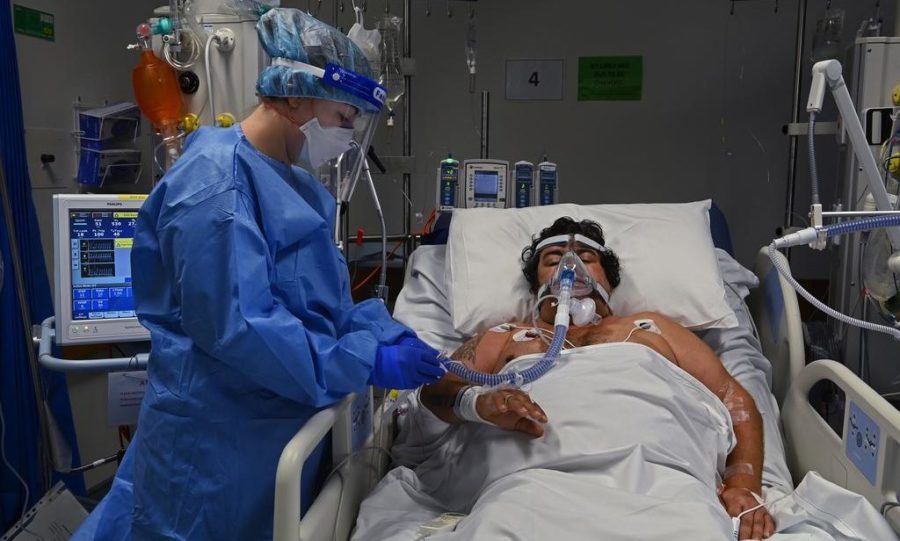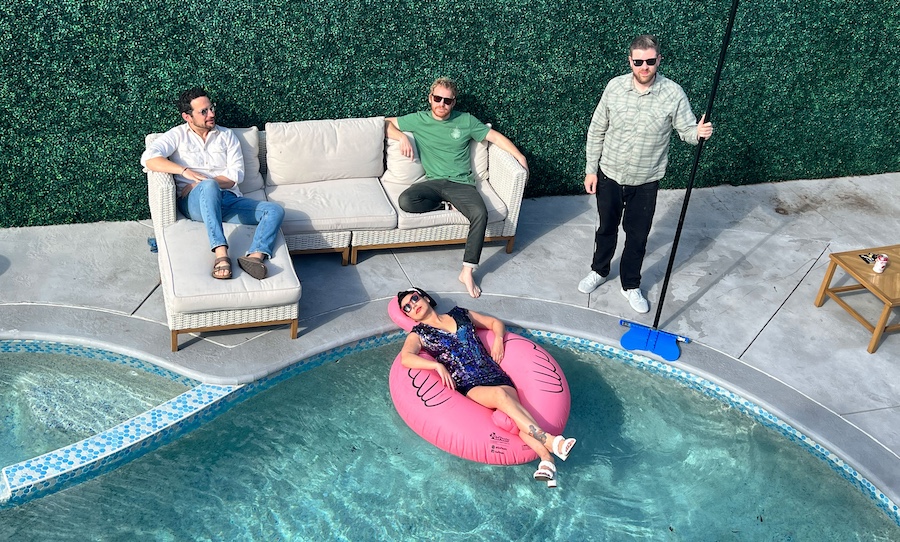Overwhelmed by growing numbers, hospitals in Western Sydney have begun turning COVID patients away due to bed shortages.
With cases hitting 1029 today, the healthcare system in NSW is struggling to handle surging numbers of patients requiring assistance.
Liverpool, Blacktown and Westmead hospitals have all stopped accepting COVID patients, instead of transferring them to other hospitals.

698 patients are currently in hospital with coronavirus in NSW, with 116 in the ICU and 43 on ventilators.
At Concord Hospital last night, ambulances redirected from overflowing Westmead queued for hours. With no infrastructure to support COVID delays, Paramedics were given a choice–wait in the confined car space with a confirmed COVID-19 patient, or wait outside in the freezing rain pic.twitter.com/goNSHKowaS
— APA NSW (@APANSWOFFICIAL) August 25, 2021
As the NSW government attempts to look at the other side of the pandemic, the struggle for hospital beds seems to be increasing.
NSW Govt: YOU CAN ALL GO ON PICNICS IN A FEW WEEKS (oh and our hospitals are collapsing under the pressure of the outbreak) BUT PICNICS! YOU CAN HAVE PICNICS! PICNICS!!!
— Charles Firth (@charlesfirth) August 26, 2021
What do we do from here?
Speaking to the ABC, virologist Edward Holmes said we’ll likely play “cat and mouse” with the virus for the rest of our lives, far from previous hopes it could be eliminated in Australia.
Holmes, named NSW Scientist of the Year in 2020, found that SARVS-CoV-2 was the cause of COVID-19.
Mapping the potential future of the virus, Holmes believes even in the best case, the virus is here to stay.
“Best case scenario, the virus is never going to go away, but maybe quickly it will evolve to become less virulent,” he said.
Worst case?
“It just keeps getting worse and we get these new variants like Delta that make the virus more infectious, more virulent”.
He believes the most likely scenario is the ‘middle ground’. This means the virus will continue to evolve in parts of the world where vaccine coverage is low.
He said under this scenario, it would be possible to “dampen down SARS-CoV-2 for a few years,”
“Then two or three years down the track we get an outbreak, where the virus has evolved to escape the vaccine, and/or people’s immunity has waned,” he said.
“So you would get a peak, and then we would revaccinate and that will go down.”



